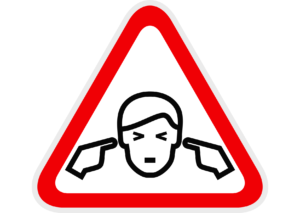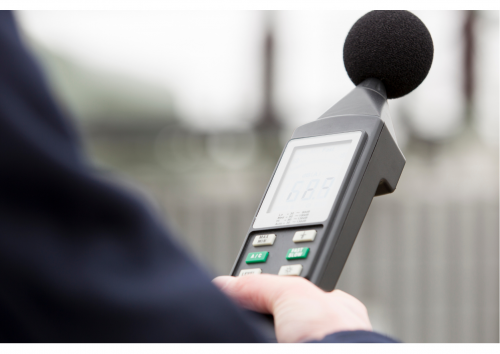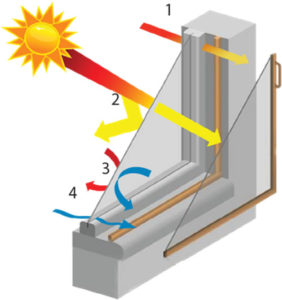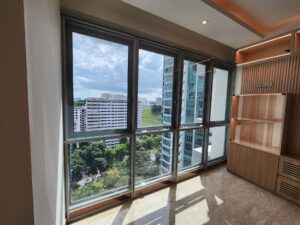
The hustle and bustle of Singapore’s urban landscape means that there is always some form of noise around us. As more people realise the impact noise pollution has on health and productivity levels, we went on a search for some answers from a professional.
We recently had a chat with Dr. Vincent Hii, an acoustic expert, about his experience with noise in Singapore. We had a few questions for him:
- Magnetite: Hi Vincent. Thanks for chatting with us. Tell us a bit about your background and why you chose to work in Acoustics?
Vincent Hii: I had an opportunity to work on an acoustic research project during my university times and found it was an interesting and challenging subject. Sound is something we can hear but unable to see which make it challenging and difficult to understand and resolve.
After my graduation, I continued to involve in various acoustic related works including completing my Phd research in aircraft noise.
Acoustic is the science concerned with the production, control, transmission, reception, and effects of sound and it plays important applications in almost every area of our life.
As an engineer, it is always my passion and mission to help solving the issues that we faced. Until today, I am still learning and amazed by the subject.
2. Magnetite: Singapore is a bustling city. What noise issues are most common here?
Vincent Hii: Singapore is one the most densely populated countries in the world. With rising standard of living and awareness of noise discomfort and its implications on personal performance and well-being, various noise issues becoming highly concerned in Singapore.
Some of the common noise issues are
- Environmental noise due to land transportation, aircraft noise ect
- Neighbourhood and community noise
- Construction noise
- Industrial noise due to various machinery
- Entertainment noise

3.Magnetite: In a residential home, what would you recommend to a client who has a problem with noise entering their house?
Vincent Hii: First to identify the root cause of the noise. By knowing the source of the noise, we can explore the potential mitigation measures and controls to minimise the noise at the source (the most effective for noise control). We can then explore the potential options for mitigating and control the noise propagation path from the source to the house and at the receive ends.
4. Magnetite: How is noise measured for homes here in Singapore?
Vincent Hii: The noise measurement will require use of a calibrated noise level meter with high sensitivity microphone. The noise meter will record the noise levels in decibel over a defined time period and sampling duration depending on the type and nature of the noise.
The noise measurement setup inside in house will depend on the objective of the noise measurement and the type of the noise sources. For environmental noise, the noise is usually measured in the noise sensitive spaces of the house (living and dining, bedroom) with windows and doors opened to achieve natural ventilation conditions. For construction noise, the noise is measured at the external façade of the building at 1-metre away. For neighbourhood and community noise, the noise is measured with windows and doors closed to minimise other external noise affecting the measurement i.e. land transport noise.

5. Magnetite: If someone hired you to undertake an official noise measurement for windows in their home, what would the process be?
Vincent Hii: The noise measurement to establish the sound transmission loss of a window will involve use of a speaker to emit white or pink noise at the external of the window and noise measurement at both inside and outside of the house to establish the noise reduction level (Field STC or Rw) through the window. The measurement will take less than 2-hour to complete and the cost will generally be in the region of $700-1000.
6. Magnetite: If a client wanted to replace their windows to a soundproof system, what would be your advice on important considerations to make?
Vincent Hii: There are various options one can consider to soundproofing their windows at home.
Option A: To reduce the sound leakages of the window i.e. replace or add window seals (acoustic type), sealing of any potential holes. However, the improvement will be limited depending on extent of the existing leakages and the condition of the existing windows.
Option B: To replace the existing windows with acoustic windows which will have better window framing and thicker glass to reduce the noise (laminated or double glazing). The cost of the replacement can be high for this option.
Option C: To retrofit existing windows to improve on the window transmission loss against the noise. Magnetite system will be a potential consideration for this option. This option will need to consider the installation space and the existing window system.
Option D: Hanging sound damping curtains to reduce and absorb the noise that entering the house through the windows. Sound damping curtains or acoustic curtains are made of thick, heavy fabrics such as velvet usually have a lining made of materials like vinyl. The downside of this option is the curtain will block out the light.
Many thanks to Dr. Vincent Hii for the conversation and his professional advice.
You can reach him at Affinity Engineering Consultancy Pte Ltd www.affinityec.com



